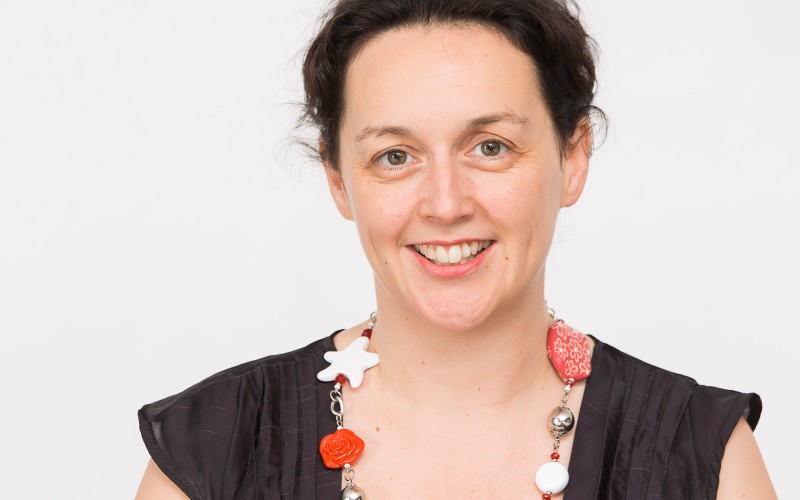Duration: 2 years
Principal Investigator: Dr Adrienne Gordon, Royal Prince Alfred Hospital, University of Sydney
Trans-Tasman collaboration with Professor Lesley McCowan, University of Auckland.

This project is co-funded by Red Nose (Australia) and Cure Kids (New Zealand).
Prevention of stillbirth remains one of the greatest challenges in modern obstetric practice. Despite great advances in the care of women and their babies in the past century an estimated 2.64 million babies die before birth globally each year. The burden of stillbirth has far reaching psychosocial impacts on women, families, caregivers and communities, and wide-ranging economic impact on health systems and society. Stillbirth in late pregnancy (greater than 28 weeks) is more likely to occur unexpectedly in normally developed babies whose mothers have had uncomplicated pregnancies, thus offering real potential for prevention. There is now a global health focus on prevention of stillbirth. The 2016 Lancet Ending Preventable Stillbirth series highlighted differences in rates of late stillbirth (greater than 28 weeks’) between high-income countries ranging from 1.7/1000 to 8.8/1000 births, with New Zealand and Australia at 2.3 and 2.7/1000 births respectively. These between country variations suggest it is possible to further reduce late-gestation stillbirth and achieve the recommended goal of less than 2 late stillbirths/1000 births by 2030. Such reductions can only be achieved by identifying modifiable risk factors. Many such modifiable risk factors for late pregnancy stillbirth rely on clinical management in a health care setting such as induction of labour for post-dates pregnancy or third trimester ultrasound surveillance to identify babies who are growth restricted. Going-to-sleep position in the last three months of pregnancy is a recently identified and modifiable risk factor that women can change themselves.
In the past 5 years there have been five case-control and one cross sectional study in 5 countries which have reported a 2.5 to 8 times increased odds of late stillbirth in women who report that they fall asleep in a supine (on their backs) position. Our team is analysing this data in an individual participant data meta-analysis and several countries including the UK, Australia and New Zealand are ready to launch public health campaigns recommending non-supine sleeping in late pregnancy. This trial is critical at this time to determine whether such advice is sufficient to enable women not to sleep supine or whether additional assistance to support comfortable side sleeping is more effective. The results from this study will provide essential evidence to inform the public health campaign messages and advice that clinicians provide to pregnant women.
